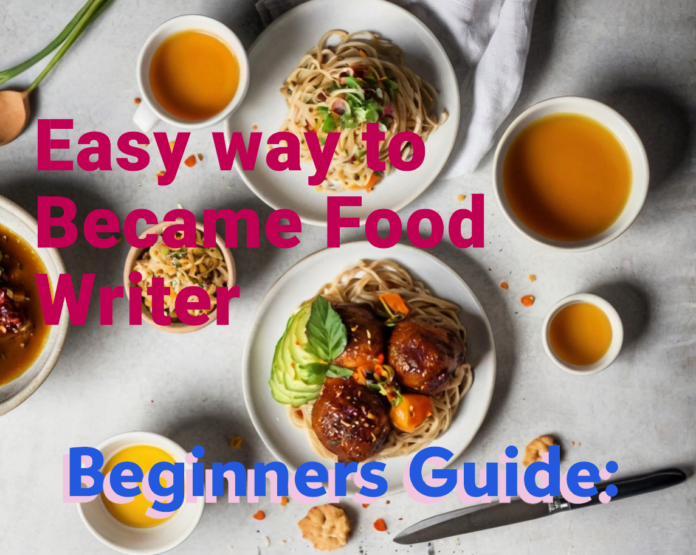Food Writing is a unique form of creative expression that involves everything food, its preparation process, what it means within different cultures and how it makes people feel.
If you go about descriptive essays on food items or writing restaurant reviews or even printing mere cookbooks then all these represents our daily consumable items in terms of why they should be prepared. Food blogs writing as an art will always tell someone a story that will touch their hearts even though they never prepared it from scratch.
These are some of the many classifications one could use to describe types of Food blogs Writing:
What Are The Different Types Of Food blogs Writing?
- Recipe Writing:
This refers to listing down ingredients with their amounts beside them and explaining methods that assist readers in following steps involved in making the dish being described. Without simple directions as well as guidelines given by using clear and understandable language, one cannot be sure about the success of any recipe. - Restaurant Reviews:
These give insights into dining experiences at particular restaurants. A good reviewer looks at various factors such as ambience, service provided, taste among others especially what really matters here is food quality. - Food Essays:
They explore personal narratives connected to food related cultural customs or historical backgrounds for certain dishes most often kept secretive because they are too sad or sweet to share openly unless when writing them down. This form emphasizes on storytelling and provoking emotions. - Food Journalism:
This specific form of composition discusses food-related news, trends, and issues. It tends to be more factual-driven about such issues like food safety or industry updates. - Memoirs & Biographies:
They are basically recounts that tell about personal experiences or the lives of chefs and other people who have interests in foods; oftentimes these narratives are combined with recipes or food-related tales.
What Is Food Photography?
[I’m not going to define photography as it pertains to all the areas of photography that exist]. But considering food photography, this is a kind of art where one takes interest in producing pictures that are attractive to the eye, which makes someone want to eat out that dish so much.
This form of picture is vital for food blogs, restaurant advertisements or cookbooks. The objective of attractive food images is to create an impression that the food is even tastier than it appears by employing appropriate lighting techniques, graphical arrangements and styling.
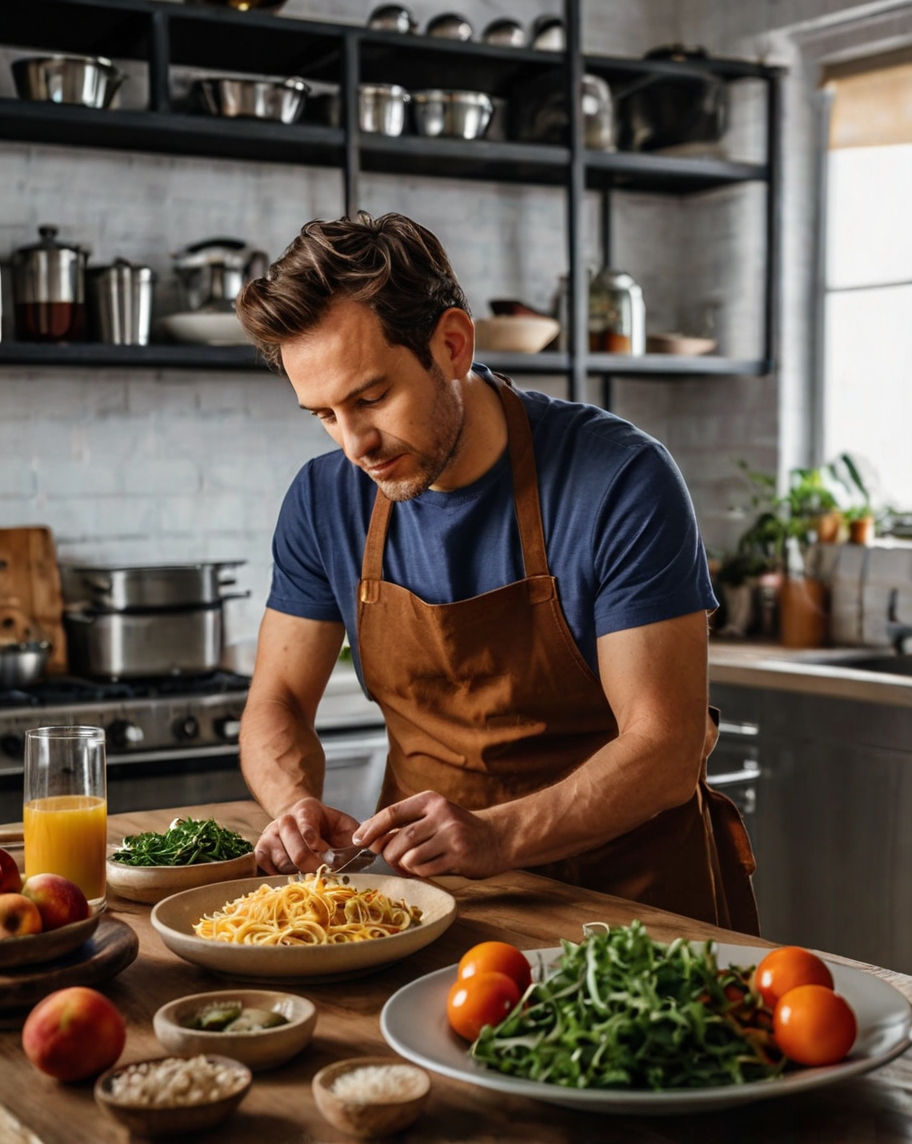
How To Take Appetizing Food Photos?
- Lighting:
The best lighting for photography is natural light. Shoot close to the window so that you can use diffused light which will make your meal look fresh without harsh shadows. - Composition:
According to the rule of thirds, make your food off-centred to form a balanced and visually appealing shot. Use an overhead angle or 45-degree angle for unique effects. - Styling:
Add color and texture by garnishing with fresh herbs, sauces or edible flowers on top dishes displayed on plates. You can also improve this scene by using other aspects such as cutlery, napkins or rustic wooden boards. - Focus on Details:
Set apart the dish’s textures and small elaborate entries by means of shallow depth of field photography. This allows for the main object to be in focus while parts of the background appear blurred out.
What Are Food Blogs?
Food blogs are online platforms where people share their food creations, recipe collection, images of dishes, and anecdotes about all things foodie. These sites have turned into a powerful medium for food lovers to connect with each other while exchanging ideas on what goes on in the kitchen.
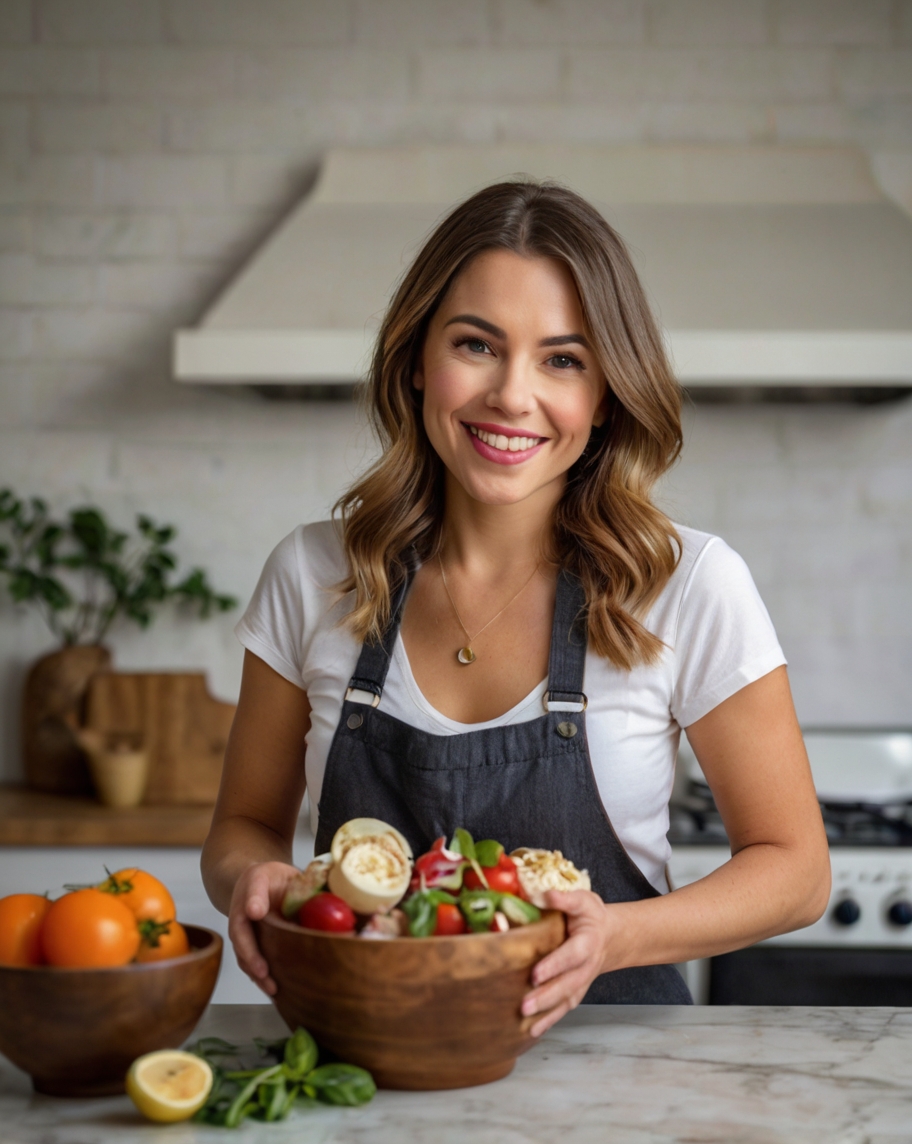
What Are The Benefits Of Starting A Food Blog?
- Creative Outlet:
Food blogging provides a platform for individuals to write down their ideas creatively alongside taking beautiful pictures plus coming up with innovative meals. - Community Building:
When one has a food blog they will meet other individuals who have similar interests like them when it comes to baking or cooking. Getting involved in these kinds of discussions is essential because it will enable you develop a sense of belongingness which is common among people that cook. - Monetization Opportunities:
If you launch a successful blog about food then you might start earning revenue through advertisements placed there by companies selling culinary products or promoting recipes. - Personal Brand Growth:
With a food blog one can become known as an expert in culinary matters leading to such things as teaching others how to cook or even getting paid by brands for writing articles on their websites related to foods. A,ticket to Fame, This involves establishing a database of tasty recipes that will serve as the springboard of your future career.
How To Start A Successful Food Blogs?
- Choose a Niche:
Narrow down on a particular type of food you are highly interested in such as vegan recipes, ethnic cuisine or baking. This goes a long way in attracting committed followers. - Create Quality Content:
Regular postings of well-structured articles, captivating anecdotes and high-resolution pictures is what it takes. Indecisiveness and quality will deter loss of your readers. - SEO Optimization:
For higher visibility with search engines relevant keywords, meta descriptions and alt tags for images should be used on your blog. Long-tail keywords like “easy vegan dinner recipes” can help target specific searches. - Engage with Your Audience:
Reply to comments, request feedback and communicate with your fans via social platforms. A close connection will build loyalty among your readers making them keep coming back for more.
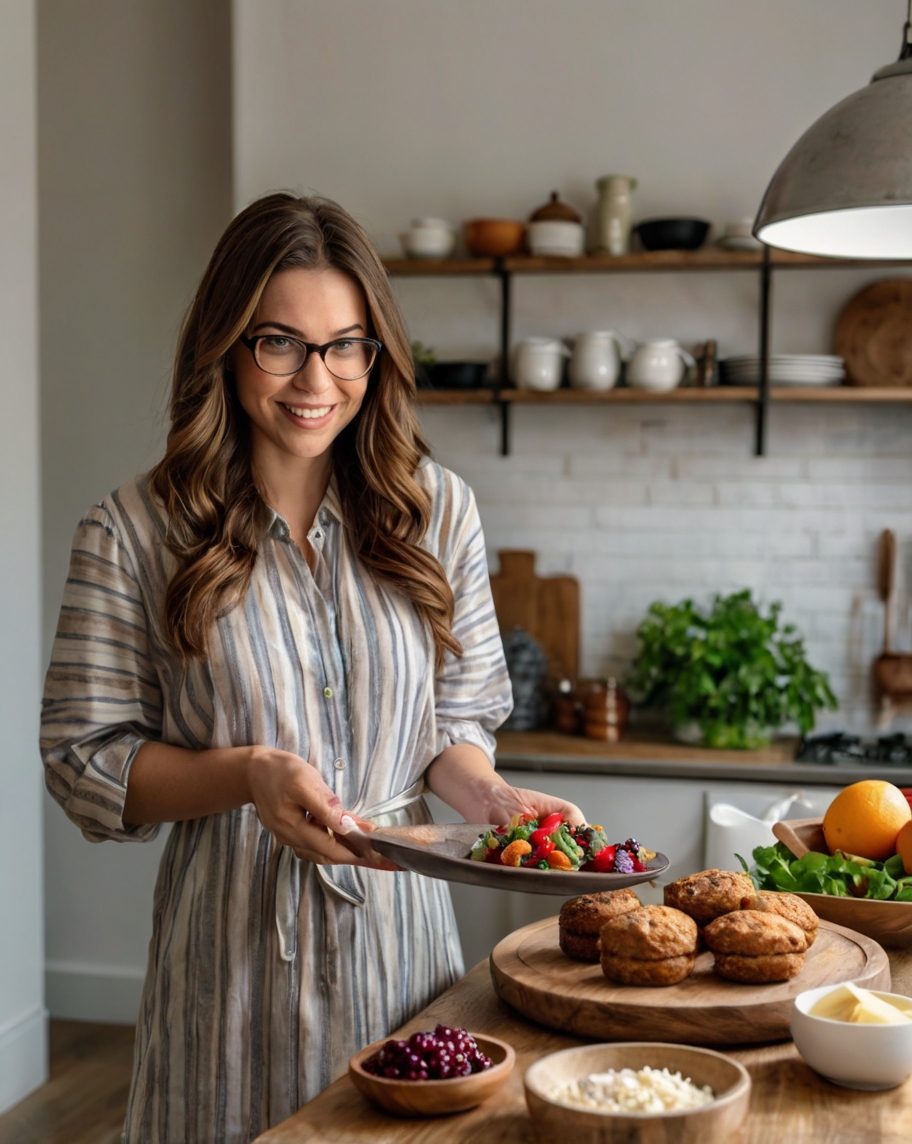
What Are Food Reviews?
Food reviews are organized assessments that focus on particular dishes, restaurants or products sold relegated as groceries. They present readers with knowledge about taste, looks, services offered by an eating place and experience as a whole thus helping them choose their preference for food type and location.
How To Write A Good Food Review?
- Be Descriptive:
Use vivid language to describe the taste, texture, and appearance of the food. Words like “crispy,” “tender,” or “savory” paint a clear picture for the reader. - Stay Objective:
Provide a balanced review by mentioning both the positives and negatives. Be honest, but fair. - Consider the Audience:
Tailor your review to the interests and preferences of your readers. For example, if you’re writing for health-conscious readers, focus on the nutritional aspects of the food. - Include Photos:
A picture is worth a thousand words. Including high-quality images of the food enhances your review and makes it more engaging.
What Are The Current Food Trends?
Food trends are the latest innovations and movements in the culinary world. They reflect changes in consumer preferences, dietary habits, and cultural influences.
Most Popular Food Trends?
- Plant-Based Eating:
Vegetarian and vegan diets remain popular choices resulting in many individuals opting for plant-based alternatives into meat and dairy products. - Sustainable Sourcing:
Increasingly, consumers are concerned about where their food comes from. More organic produce like farm-to-table is increasingly common. - Fusion Cuisine:
Combining elements of different culinary traditions creates innovative dishes making them exciting to enthusiasts. - Comfort Food with a Twist:
The old school vibe of classic comfort food has recently been updated using gourmet ingredients or advanced cooking methods.
What Are Some Ways to Integrate Food Trends into Your Cooking?
- Experiment with Ingredients:
Add trendy ingredients such as jackfruit, quinoa or oat milk in your recipes. This not only makes your meals exciting but it also meets today’s dietary needs. - Update Classic Recipes:
Make traditional foods fashionable and unique by using trendy components like plant-based substitutes or global tastes. - Stay Updated:
You have to visit several food blogs, attend culinary events and read industry reviews to stay current with the newest food trends. This will help you maintain relevance and creativity in your culinary endeavors.
What Is Food Art?
Food art refers to creative presentations of food that are visually appealing. It turns common meals into artistic masterpieces thus enhancing the joy and memory attached to eating.
How To Create Edible Food Art?
- Use Color:
You have to use bright, clashing hues to create eye-catching dishes. Fruit and vegetables such as berries and herbs are nature’s standard option for most color palettes. - Focus on Plating:
Carefully arrange food on the plate while considering balance, proportioning, and negative space. A meal presented well sends off signals beyond a mere intention to consume. - Incorporate Textures:
In order to get more depth and interest, blend various textures in your culinary art pieces. For instance, handy creamy things detail with something that is crunchy.

What Are Food Crafts?
Food crafts are imaginative projects that involve the making of decorative or functional objects with food. They offer a way of unleashing one’s culinary creativity as well as providing fun during holidays, celebrations or gifts.
How To Make Fun And Creative Food Crafts?
- Holiday-Themed Crafts:
Utilize seasonal ingredients in the creation of products like gingerbread houses, chocolate-dipped strawberries or other edible ornaments. - DIY Kits:
Make do-it-yourself food craft kits with instructions and ingredients for such projects as cookie decoration kit, candy kit or sushi roll kit. These are ideal presents for every generation. - Get Kids Involved:
Cooking projects using edible materials usually encourage kids to participate in the actual process of cooking from home themselves. Simple tasks such as fruit kabobs, making designs on sandwiches or decorating biscuits educate children and at the same time entertain them.
What Is Food Presentation?
Food presentation is an art of arranging and styling food in a manner which looks good. It is a vital aspect of fine dining and photography where the appearance of a dish can be comparable to how it tastes.
How To Make Your Food Look More Appealing?
- Use Proper Garnishing:
Sprigs of fresh herbs, edible flowers, and sauces can make a dish look more presentable. It is important for garnishes to go with flavors and not overpower main ingredients. - Play with Shapes and Sizes:
Cutting vegetables and proteins into interesting shapes or arranging them in unusual patterns can help make your dish stand out. - Choose the Right Plate:
The color, shape, and size of the plate have an influence on how one perceives food. White plates are classic as they enable colors in food to pop.
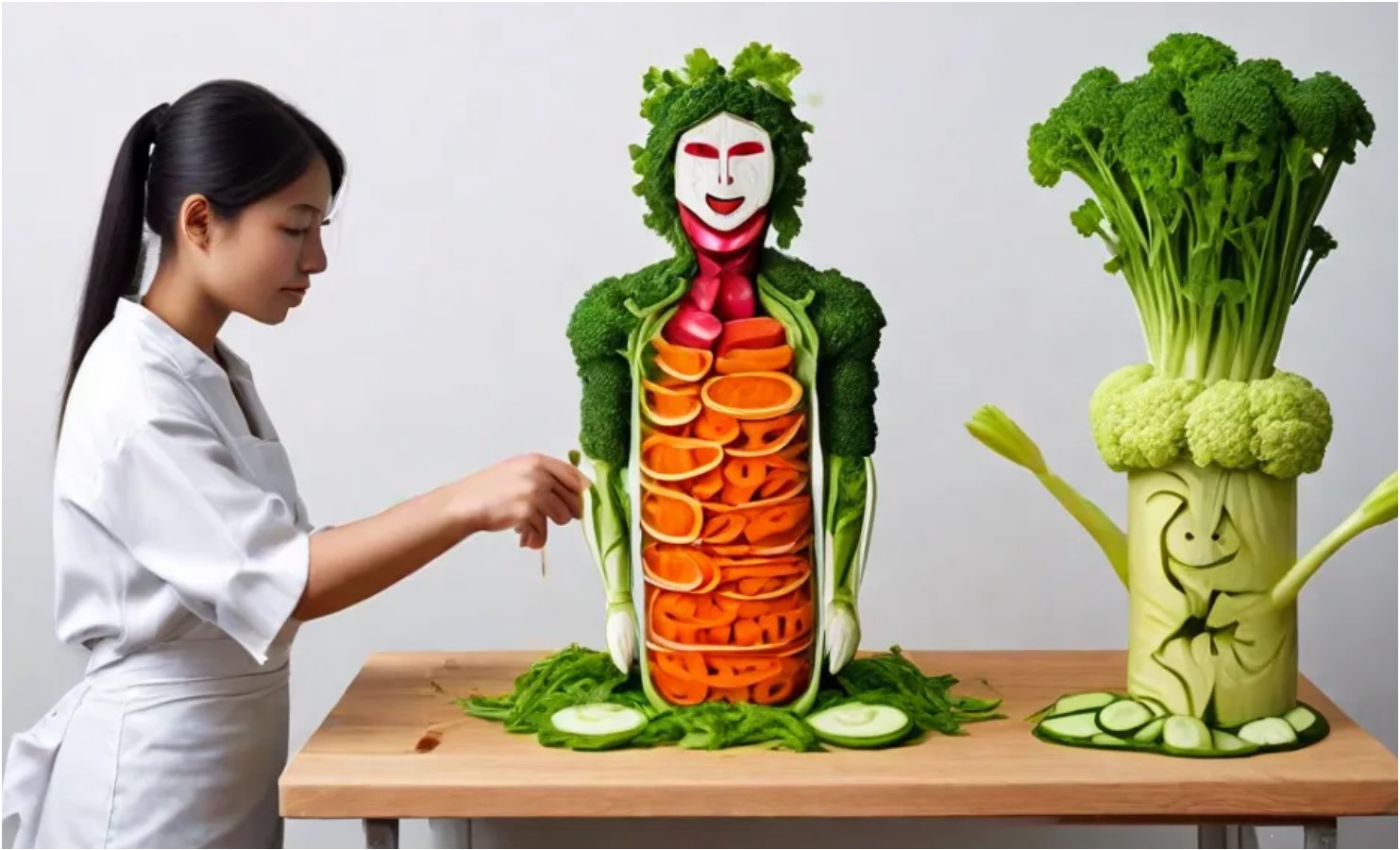
What Are Food Experiments?
Food experiments refer to trying out new recipes, ingredients or cooking methods. They are a fun way to be innovative when it comes to cooking by discovering new tastes and textures.
How To Conduct Food Experiments?
- Start Small:
Start by making simple changes like switching one ingredient for another or varying cooking times. This will allow one understand how different components come together to form a final product. - Keep Notes:
Write down notes about your experiments, including what you used as ingredients, methods of preparation involved, and results obtained. This makes it easier when trying to recreate successful dishes. - Taste As You Go:
By continually tasting your dish while cooking, you get a chance to add seasonings accordingly before serving.
One is given to modifying diverse forms of expression about food through writing, photography and even blogging. The skills can improve chances for all your aspirations if you have been in anyone of those periods. The stories are made from such images as might entice someone to try them when they see them on their plates. There is no end in sight as far as the complexities of taste salads are concerned because they keep changing every other day.
You can also check this videos to know by audio & visual: Youtube
